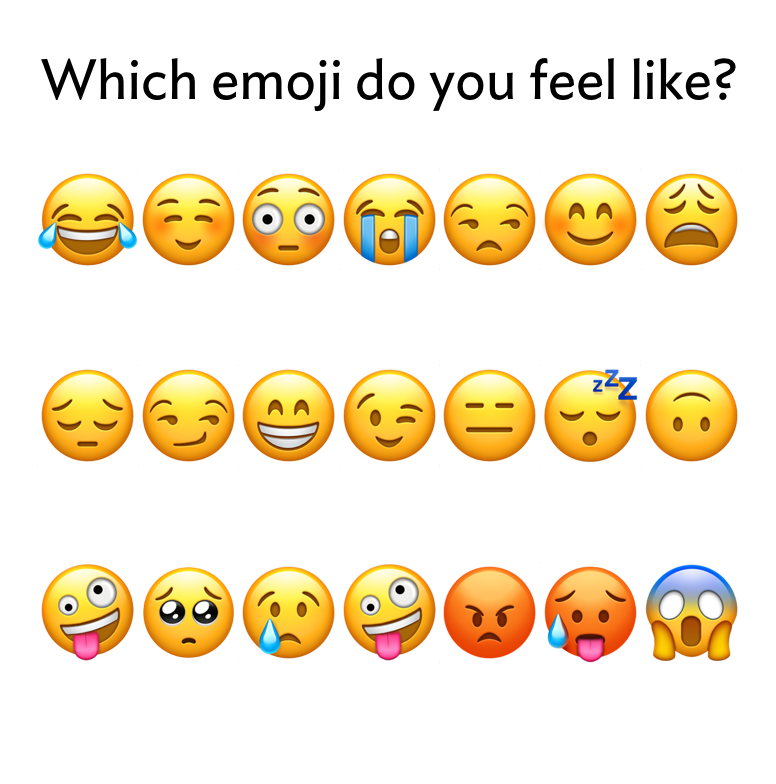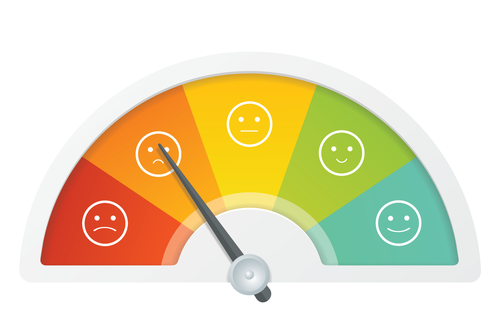Back


Research Conversations: Your Brain on Burnout
Author: Dr. Eve Miller
March 8, 2021

Using the principle that change starts with me, begin with a paradigm check.
Which paradigm are you and your staff operating under? And what are some of the burnout indicators that you’re seeing as a result?

Focusing on staff wellness can often feel like a nice addition to a positive school culture, but just not as necessary as other items on the must-do list. However, even before COVID teacher burnout was a rapidly growing threat to our educational system. Now, over a year into the COVID whirlwind, we can no longer ignore the impact of the lack of effective, systematic strategies to support educator wellness. Courageous leaders must put aside any lingering ineffective paradigms about wellness and get real about its central and guiding role in all our decision-making, planning, and goals.
Where do I start?
Pull a list of your staff and do a quick assessment based the three indicators of burnout:
-
-
- Does this staff member seem exhausted? This may present in discussions or observations about how people are feeling. Do they look tired or speak about lacking energy? Everyone feels tired from time to time, but exhaustion is a physical indicator of more chronic issues with stress or anxiety.
- Has the staff member become cynical? This can be best observed in engagement levels. They may seem distant or disengaged in their interactions with students and staff. Someone struggling with cynicism may respond to challenges and opportunities with skepticism and/or doubts.
- Do you notice indicators that this staff member is feeling ineffective? Inefficacy can be heard in how they talk about their skills or abilities to meet the new challenges such as virtual or remote learning, or to overcome new obstacles. It may look like they are unable to complete tasks when the reality is that they are no longer confident in their ability to take them on.
-
What if I don’t know?
Talk to them, and be sure to practice your empathic listening skills during the conversation.
What’s next?
There are many things you can do, even during the craziness of COVID. Here are a few best practice and brain-based strategies from our research team, alongside resources for deeper dives:
- Start from the Inside-Out. There is so much we do not have control over right now, personally and professionally. Our bodies are highly attuned to feelings of being out of control, and we interpret these feelings as a threat. So we initiate cognitive and physiological responses that allow us to address the threat. As those we work with sense that we are stressed, this can create significant negative emotional contagion. Emotional contagion is the spreading of an emotional state between a group of people. If you are stressed, your staff is far more likely to be stressed because they are picking up on your stress. If you are cynical, exhausted, and feeling ineffective, you may be spreading this to your staff. So, before you do anything to try to help your staff, remember that change starts with you.
-
- A few ideas to get started: There is a rapidly growing body of research on the powerful positive impacts of mindfulness for educators. If you have not found it to be effective in the past, we encourage you to take another look in this context.
- Mindfulness can take many shapes, but what they all have in common is their ability to help us become more aware of feelings and emotions in order to reduce their impact on us. Mindfulness creates a space between what happens to us and how we choose to respond. It is not fad or just for some people, it is powerful self-care that can build a stress buffer we all need right now. Here is a great article that you can share with your staff and others in your school community about the impact of mindfulness for students.
-
- Normalize emotions. We have cultural norms, especially in education, of putting others first, and denying or compartmentalizing our “hard” emotions to avoid inconveniencing others. We need to make it normal to have inconvenient and uncomfortable feelings. How do we do this?
-
- Here are a few ideas: Simple check-ins where people choose an emoji to represent their current
-
-
-
- The mood meter is another option. This is a powerful option because it combines emotions with energy. This is a great video that introduces the smart people at Yale who created it! Note: TeachersPayTeachers has some great ones that can be used with kids!
-
When your staff sees that you are making it okay to not be okay, it will be a huge breath of fresh air. Don’t make these activities mandatory; leave space for those who are not comfortable with them. Regardless of whether or not they participate, they will benefit from the psychological safety – and may still choose to participate in the future.
- Relationships matter. There have been many longitudinal studies looking at the lives of people who are more resilient, live longer, have quicker recovery times from surgery, fewer chronic diseases, etc. And it turns out there’s one common factor across all these dimensions: the people with better outcomes have more positive relationships with others. Relationship building and maintenance, more than anything else, is what you can do to support your staff’s wellness. Here are some ideas to get you started:
- A great resource on relationship building during COVID.
- Best practices for building relationships with and between staff. This resource was written pre-COVID, but is still very strong. This article features bite-sized ideas.
- This EdWeek article talks about how to extend the healing benefits of relationships to our students as well!. And this initiative from the Harvard Graduate School of Education has a library of incredible resources, all of which are free.
- If you want to flip the conversation on its head, give your staff this article to read before a Wellness Booster.
- Encourage hopeful thinking. The stories we tell ourselves become the reality we live in. William James, said: “My experience is what I agree to attend to. Only those items which I notice shape my mind.” This is a good opportunity to ask ourselves: What are we choosing to attend to? Do we look for the good in others, or seek out their flaws? Do we see the good that can come from our efforts, or do we dwell on the failures of our past?
- The stories we create about our experiences and observations become the lens we see the world through, and during times of stress we must be especially vigilant to these stories. When we are feeling stressed or threatened, feelings of cynicism, inefficacy, and hopelessness can creep in and erode our happiness, compassion, and love.
- Hopeful thinking is the opposite of cynicism. It is a skill we can develop and a choice we can make. In this blog, I’ll take you through an exercise on hopeful thinking that you can pass on to your staff as well.
We can always tell ourselves that there are a hundred reasons not to act on wellness. That to-do list never gets shorter, after all. We can convince ourselves that our staff and students must be the sole exception to the research. It’s just so much simpler to keep on doing what we’re doing. But you won’t. Because you are capable of this moment. You chose education not because it would be easy, but because you knew that the work you do in those hallways and classrooms would change lives. Connect to your courage and choose to lead with it. You’ve got this. Change starts with you.
“There is so much goodness in the world — all we have to do is remind one another of it, show up for it, and refuse to leave.”
— Maria Popova, in another great article for you and your staff to read together.
Share Article on
Tags: burnout, COVID, education, family engagement, goal setting, Leader, leadership strategies, parents, principal, sel, wellness-leadership


